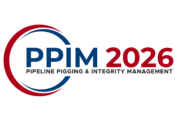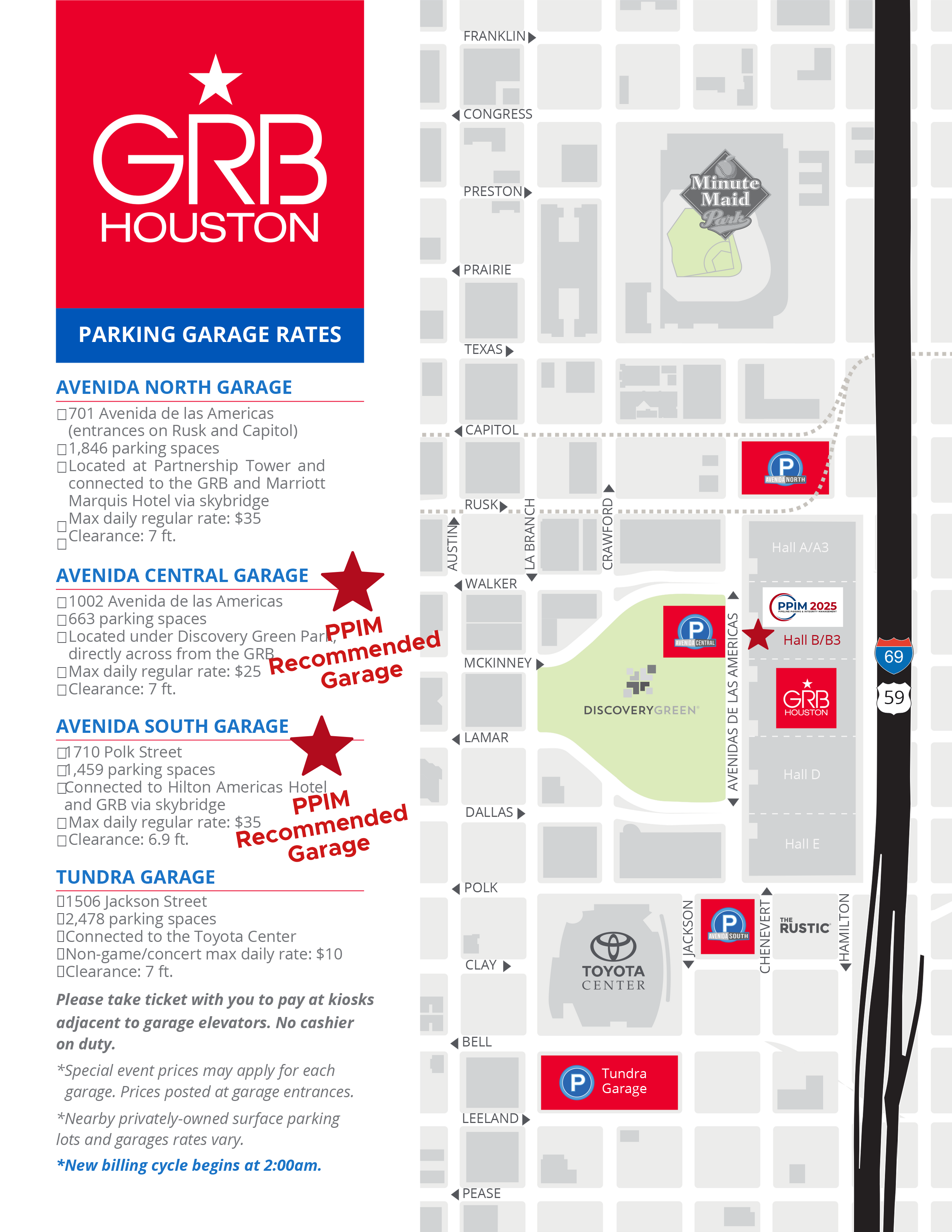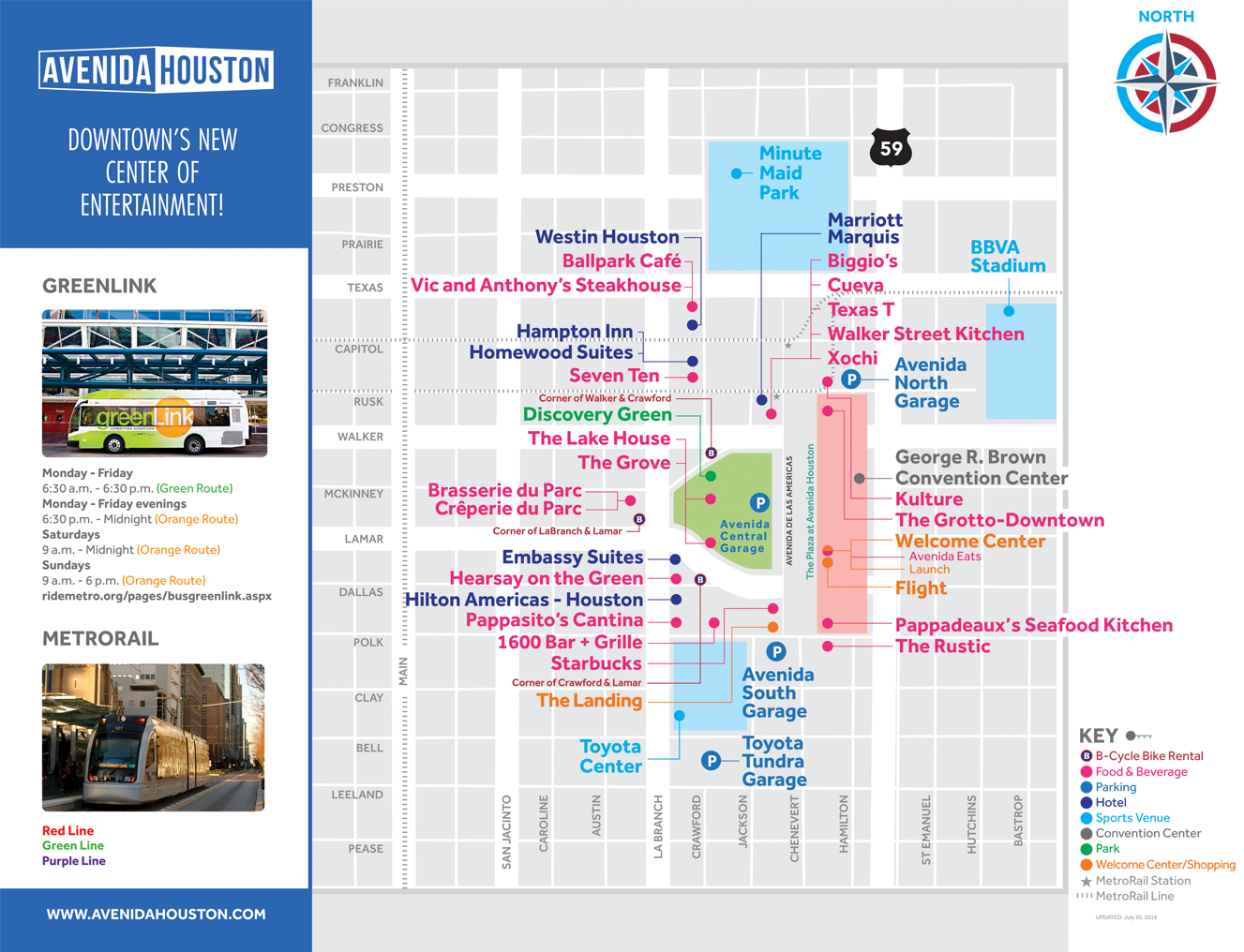COURSE SCHEDULE (both days)
7.30: Registration, breakfast, coffee
8.00 – 5.00: Course
It will be necessary to bring a laptop to this course.
The use of in-line tools for inspection and cleaning is accepted as essential for the safe and profitable operation of all pipelines. Now, Regulations require internal inspections using geometry pigs for detecting changes in circumference and MFL, ultrasonic pigs and/or EMAT tools for determining wall anomalies, metal loss and flaws in the pipe or the welded segments. To keep the pipelines flowing properly, operators wage a constant battle for flow assurance against paraffin, black powder and, offshore, hydrates and asphaltenes, In this battle pigging technology combined with chemical treatment is their primary weapon.
The Pigging and In-line Inspection Course is designed to provide a comprehensive introduction to all aspects of utility and in-line inspection pigging. Led by four of the most experienced, independent experts in this field today, the course will be conducted as a workshop, and attendees will be actively encouraged to participate. The course content will be fully illustrated, with actual pigs and models being used to aid understanding and help overcome any language difficulties. Comprehensive course notes will be provided, which will form a valuable source of reference afterwards.
WHO SHOULD ATTEND
The course is especially designed for project managers, engineers, maintenance and technical personnel responsible for pipeline integrity assurance, flow assurance, corrosion control, and safety.
COURSE NOTES
Included with the course fee is a detailed set of lecture notes (provided as a PDF download) and the reference handbook Pipeline Pigging Handbook, 3rd Edition, by J. Cordell and H. Vanzant (272pp – a $125 value) providing invaluable reference documents after the course.
CONTINUING EDUCATION UNITS
Upon completion of the course, participants will be eligible to receive 1.4 CEUs.
INSTRUCTORS
Dr. Tom Bubenik is Vice President at DNV, responsible for technically advising sections and personnel in the Pipeline Services Department. He joined DNV GL in January of 2004 to manage and grow the Pipeline Integrity Section. Here, he was responsible for development, management, and implementation of projects related to all aspects of pipeline integrity management, including but not limited to in-line inspection, stress corrosion cracking management, seam weld integrity, mechanical damage, etc. He is an internationally recognized subject matter expert in technologies related to in-line inspection and the effects of defects on pipeline integrity.
Pam Moreno is Principal Consultant / Business Development – Oil & Gas sector, with DNV in Houston. Ms. Moreno has over 30 years’ experience in the field of in-line inspection and served as Director of Analysis Worldwide for Tuboscope Pipeline Services, which is now part of the NDT Systems & Services Group. She has also served as President of the In-Line Inspection Association, has chaired the NACE Pipeline Integrity Symposium, and has helped to develop numerous standards and best practices in ILI. In her current position, she assists clients in managing the integrity of their pipeline assets.
George Williamson, is president of Integrity & Emission Reduction Partners (IERP), a consultancy specializing in safety, environmental and integrity management for pipeline and process systems. Prior to forming his company in 2021, he was Segment Engineering Technical Authority – Inspection, for the Upstream Global Projects group within BP. He has more than 25 years of Operations, Maintenance and Integrity Management experience. He is a registered professional engineer, NACE certified corrosion and a cathodic protection specialist. He has managed compliance and integrity programs for production facilities, gathering systems, liquid and gas transmission pipelines.
COURSE PROGRAM
DAY 1
Pigging for Operation and Maintenance
- Pigging during construction
- Pigging during operation
- Utility Pigs
- Cleaning pigs
- Sealing pigs
- Gauging pigs
- Dual diameter pigs
- Magnetic cleaning pigs
- Designing a Pipeline for Pigging
- Pig traps and pigging stations
- Location and tracking devices
Designing and Implementing an In-line Inspection (ILI) Program
- Selecting an ILI Tool
- Specific Design Considerations for Running ILI Tools
- Launch and Receive trap design
- Bends, tees, and valves
- Issuing an Inquiry
- Schedule requirements
Preparation for ILI
- Controlling Operational Parameters During the Inspection Run
- Strategy for Contract Development and Negotiations
- Developing a good specification
- Contingency Planning for a Stuck Pig
- Offshore risers
- Onshore flowlines, gathering system main sections or laterals
DAY 2
In-line Inspection (ILI) Tools – Theory, Performance, and Detection Limits
- Metal loss In-line Inspection
- Other In-Line Inspection Tools
- Crack detection pigs
- Mapping
- Geometry and bend-detection pigs
- Wax deposition measurement
- Spanning pigs
- Semi-intelligent pigs
Post In-line Inspection Issues
- Quality Assurance Check of the Data
- Development of Protocols for Response
- Prioritization of the Dig Plan
- US regulatory requirements
- Criteria for corrosion-caused metal loss
- Criteria for dents
Validation of Results
- Planning and preparation for field NDE
- Comparison between ILI, field NDE and actual:
- Corrosion
- Dents – effects of re-rounding
- Establish level of confidence
Fitness for Purpose: Assessment
- Assessment of defects
- Establish long-term integrity management program
- Incorporation of results in risk programs
- Potential Repair Consideration



